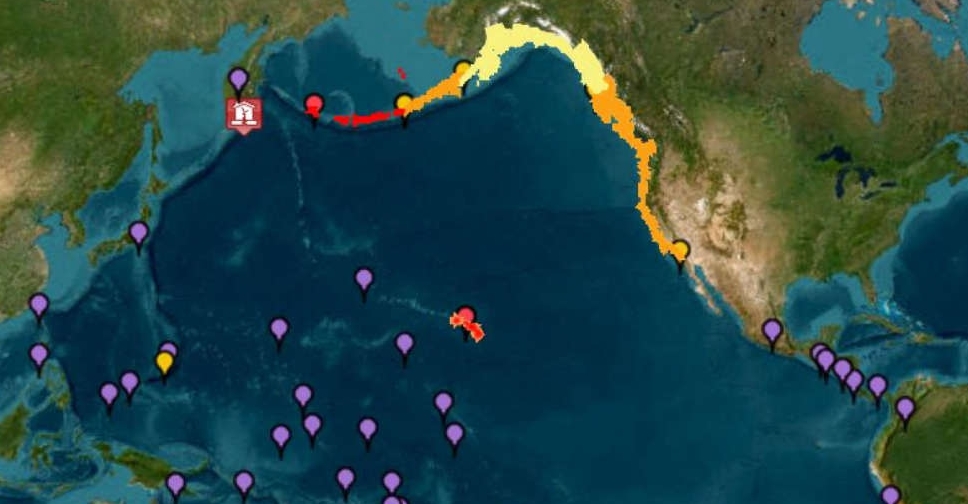
A powerful magnitude 8.8 earthquake off Russia's Far Eastern Kamchatka Peninsula triggered tsunami waves of up to 5 metres and sparked evacuation orders in Hawaii and across the Pacific on Wednesday.
The shallow earthquake damaged buildings and injured several people in the remote Russian region, while much of Japan's eastern seaboard - devastated by a 9.0 magnitude earthquake and tsunami in 2011 - was ordered to evacuate.
In Hawaii, coastal residents were told to get to high ground or the fourth floor or above of buildings, and the US Coast Guard ordered ships out of harbours as the tsunami approached. "Take Action! Destructive tsunami waves expected," the Honolulu Department of Emergency Management said on X.
Shortly after 0600 GMT, the Pacific Tsunami Warning Center said 1-1.2-metre waves were impacting the Hawaiian islands. Hawaii Governor Josh Green said so far no waves of consequence hit the islands but all flights in and out of Maui were cancelled.
Tsunami waves struck parts of Kamchatka, partially flooding the port and a fish processing plant in the town of Severo-Kurilsk and sweeping vessels from their moorings, regional officials and Russia's emergency ministry said. "Today's earthquake was serious and the strongest in decades of tremors," Kamchatka Governor Vladimir Solodov said in a video posted on the Telegram messaging app. Russian scientists said it was the most powerful quake to hit the region since 1952.
Russia's Ministry for Emergency Services said on Telegram that a kindergarten was damaged but most buildings withstood the quake. No serious injuries or fatalities have been reported.
The US Geological Survey said the earthquake was shallow at a depth of 19.3 km, and centred 119 km east-southeast of Petropavlovsk-Kamchatsky, a city of 165,000. It revised the magnitude up from 8.0 earlier, and reported a series of strong aftershocks up to a magnitude of 6.9.
WARNINGS ACROSS THE PACIFIC
Tsunami alarms sounded in coastal towns across Japan's Pacific coast and evacuation orders were issued for tens of thousands of people. Workers evacuated the stricken Fukushima nuclear plant, where a meltdown following the 2011 tsunami caused a radioactive disaster, operator TEPCO said.
Footage on public broadcaster NHK showed scores of people on the northern island of Hokkaido on the roof of a building, sheltering under tents from the beating sun, as fishing boats left harbours to avoid potential damage from the incoming waves.
Automaker Nissan Motor suspended operations at certain domestic factories in Japan to ensure employee safety, Kyodo news agency reported. Three tsunami waves had been recorded in Japan, the largest of 1.3 metres, officials said. Japan's Chief Cabinet Secretary Yoshimasa Hayashi said there were no injuries or damage reported so far, and no irregularities at any nuclear plants.
Tsunami waves of between 1-3 metres can be fatal for people who are swept away, said NHK. They can also cause flooding and damage wooden buildings, with people at risk of being killed by large drifting objects, according to the Japan Lifesaving Association.
The US Tsunami Warning System also warned of "hazardous tsunami waves" spreading across the Pacific.
Waves reaching more than 3 metres were possible along some coasts of Russia, the northern Hawaiian islands and Ecuador, while waves of 1-3 metres were possible in countries including Japan, Hawaii, Chile and the Solomon Islands, it said. Smaller waves were possible along coastlines across much of the Pacific, including the US West Coast.
"Due to a massive earthquake that occurred in the Pacific Ocean, a Tsunami Warning is in effect for those living in Hawaii," U.S. President Donald Trump said in a social media post. "A Tsunami Watch is in effect for Alaska and the Pacific Coast of the United States."
'RING OF FIRE'
Several people in Kamchatka sought medical assistance following the quake, Oleg Melnikov, regional health minister, told Russia’s TASS state news agency. In Severo-Kurilsk in the northern Kuril islands, south of Kamchatka, tsunami waves exceeded 3 metres, with the largest up to 5 metres, Russia's RIA news agency reported.
Alexander Ovsyannikov, the town's mayor, said four tsunami waves had passed. He urged residents to assess damage to their homes and not to use gas stove heating until inspections had been carried out, in order to avoid a risk of carbon monoxide poisoning.
Power to the Sakhalin region had been cut off due to damage to the electricity grid, RIA said, citing the regional governor.
Kamchatka and Russia's Far East sit on the Pacific Ring of Fire, a geologically active region that is prone to earthquakes and volcanic eruptions. The Russian Academy of Sciences said it was the strongest quake to hit the region since 1952.
"However, due to certain characteristics of the epicentre, the shaking intensity was not as high ... as one might expect from such a magnitude," said Danila Chebrov, director of the Kamchatka Branch of the Geophysical Service, on Telegram. “Aftershocks are currently ongoing ... Their intensity will remain fairly high. However, stronger tremors are not expected in the near future. The situation is under control.”



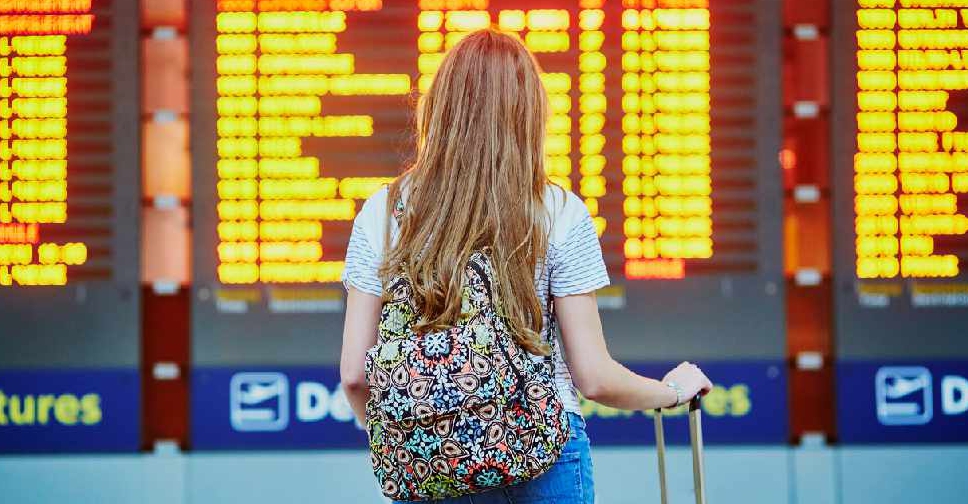 UK airports disrupted by air traffic control issue
UK airports disrupted by air traffic control issue
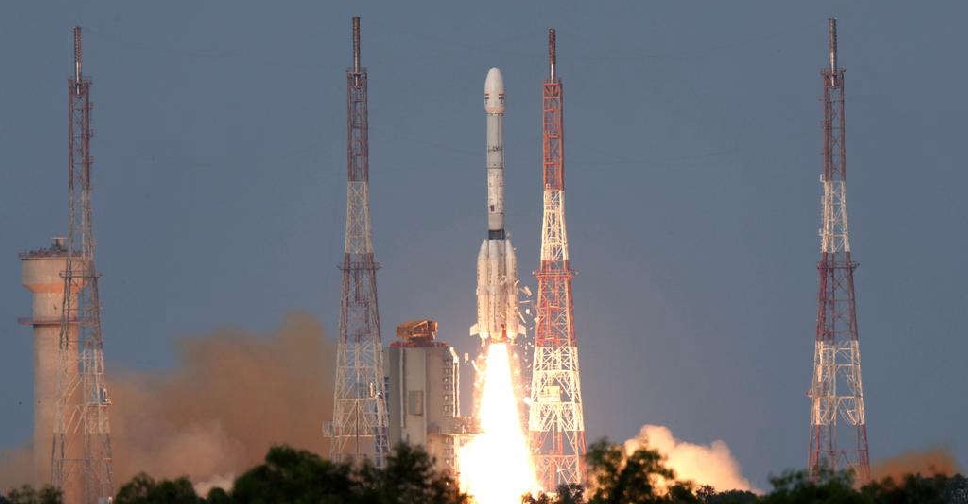 India launches NASA-ISRO satellite to track climate threats from space
India launches NASA-ISRO satellite to track climate threats from space
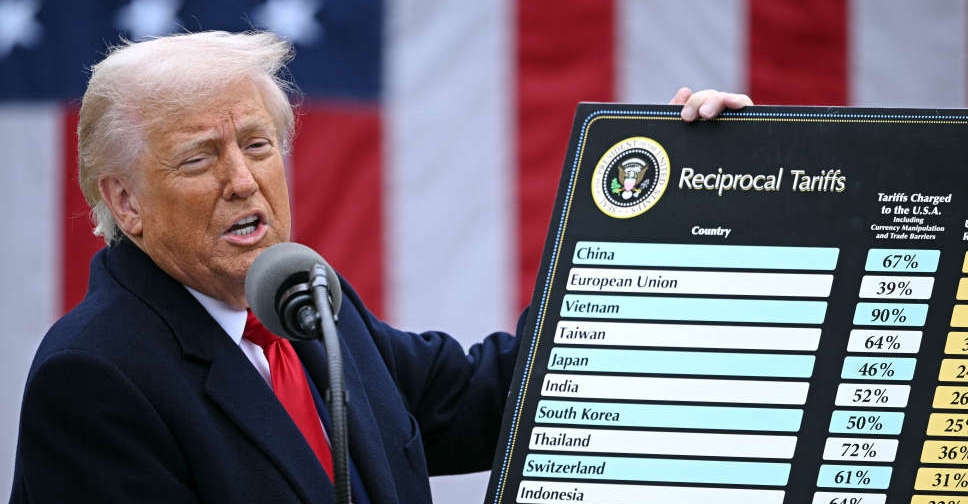 Trump says US to impose 25% tariff on India from August 1
Trump says US to impose 25% tariff on India from August 1
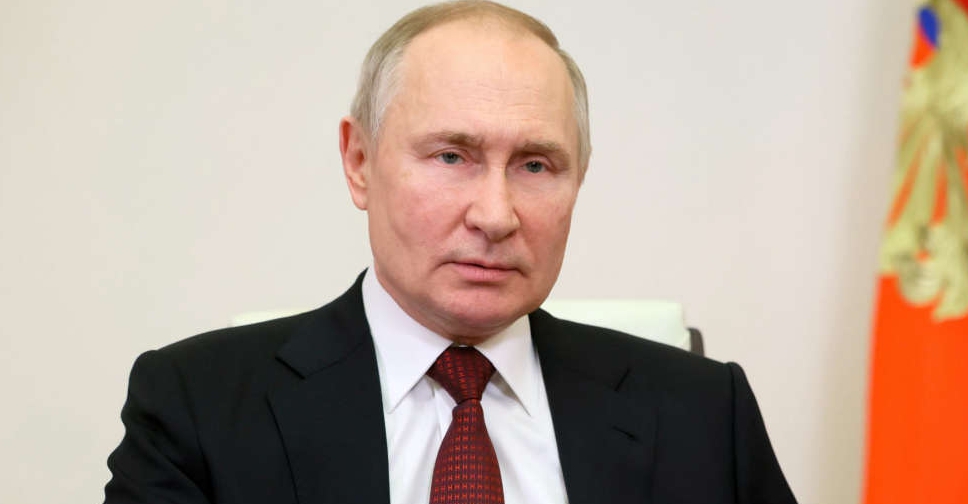 Russia has immunity to sanctions, Kremlin says after Trump tightens deadline
Russia has immunity to sanctions, Kremlin says after Trump tightens deadline
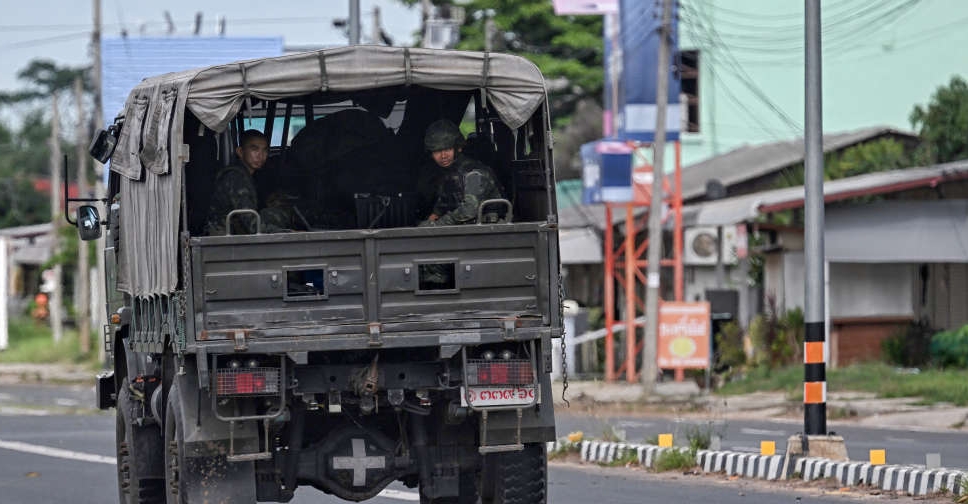 Thailand accuses Cambodia of second ceasefire violation in two days
Thailand accuses Cambodia of second ceasefire violation in two days
 Australia widens teen social media ban to YouTube, scraps exemption
Australia widens teen social media ban to YouTube, scraps exemption
 UK to recognise Palestinian state in September unless Israel takes action
UK to recognise Palestinian state in September unless Israel takes action
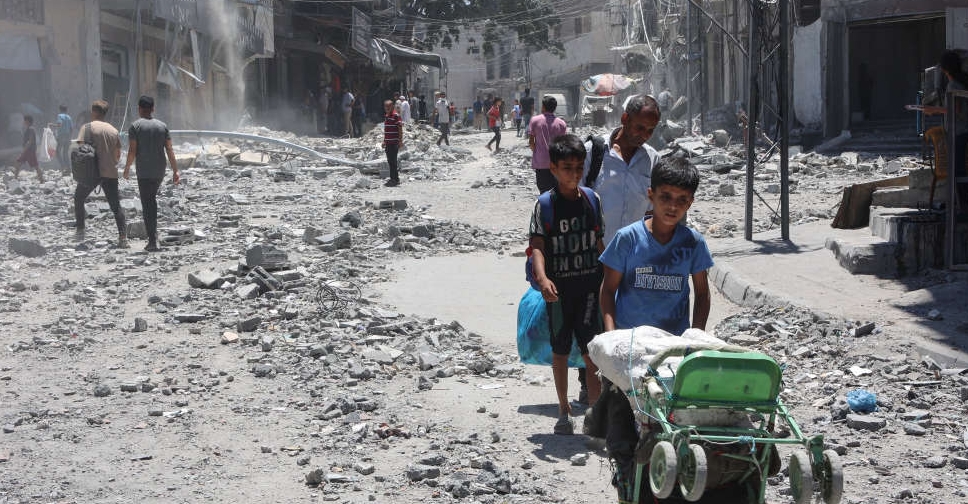 Gaza death toll hits 60,000 as global monitor demands action to avert famine
Gaza death toll hits 60,000 as global monitor demands action to avert famine




